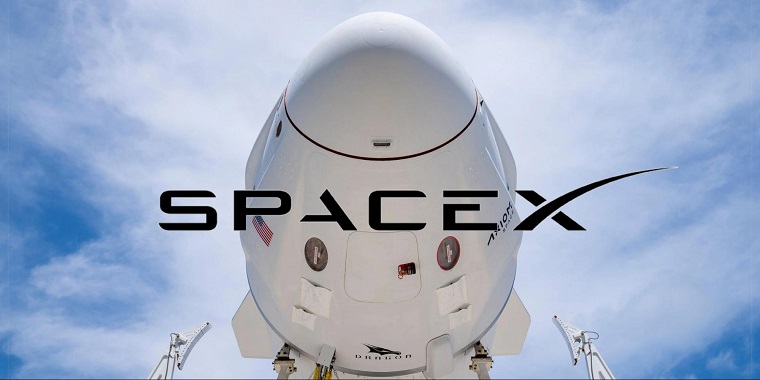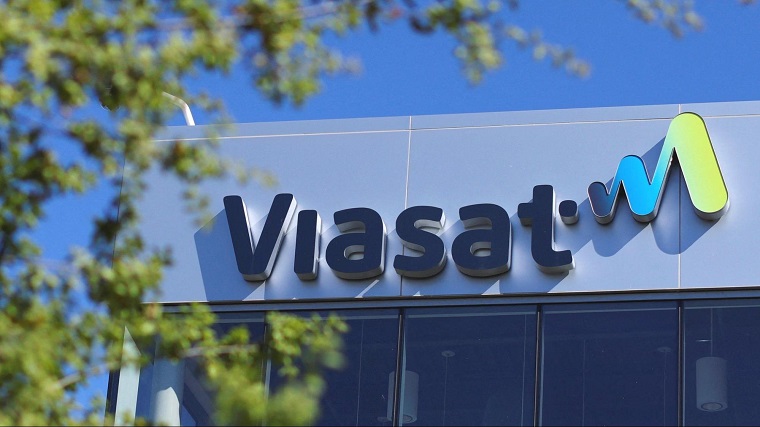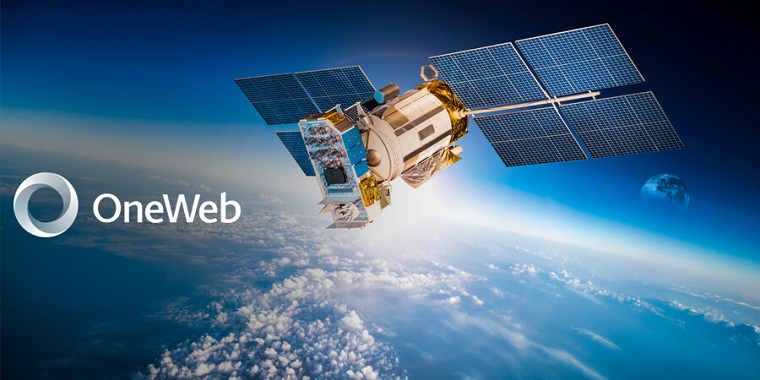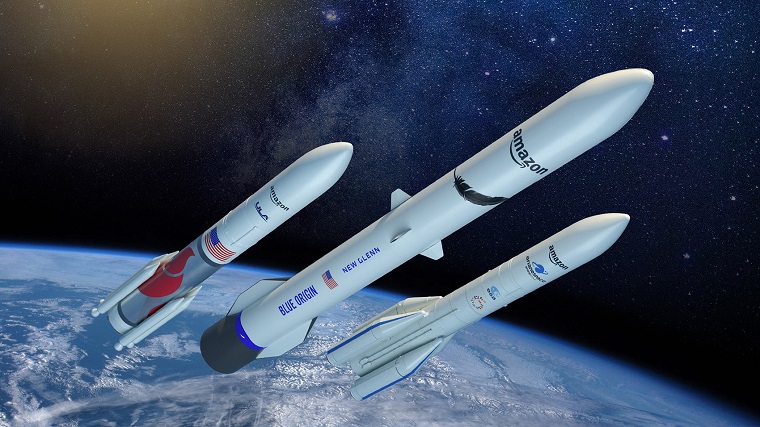Internet Access by Satellite: Connecting the World from Above
Key Takeaway:
Satellite internet provides global network connectivity using satellites in geostationary orbit or low Earth orbit. It offers high-speed internet access to remote and rural areas where traditional broadband services are unavailable. However, it comes with drawbacks such as high latency, weather dependency, and data limits.
Summary:
- Satellite Internet Utilizes Satellites in Orbit Around Earth
- Provides Connectivity to Remote or Rural Areas
- Two Main Types: Geostationary and Low Earth Orbit (LEO)
- Geostationary: High Bandwidth but High Latency
- LEO: Lower Latency, Faster Communication
- Used in Emergency Response, Maritime, Military, Rural Areas
- Providers Include Starlink, HughesNet, Viasat, OneWeb, Kuiper Systems
- Pros: Coverage, Speed, Ease of Deployment, Mobile Connection
- Cons: Latency, Price, Weather Interference, Data Limits
- Orbital Pollution: Growing Concern for Space Debris
- Despite Limitations, Satellite Internet Expected to Expand Access

Internet Access by Satellite
In today’s digital age, reliable and fast internet access is essential for personal and professional purposes. Unfortunately, such civilization benefits are still not available to everyone. In rural or remote areas, in cities that are temporarily left without network access, broadband internet access may not be available or prohibitively expensive. In such circumstances, satellite internet may be the only solution.

What is Satellite Internet?
Satellite internet is a way of organizing access to the global network through satellite communication technologies. A satellite located in the geostationary orbit of the Earth is used to access the global network. Thanks to its engines, it always moves collectively with the planet, and therefore, for an observer from its surface, the satellite is always stationary.
Satellite internet utilizes advanced satellite communication technologies to provide internet access to areas where traditional services are unavailable.
The history of satellite internet dates back to the 1960s when the US Department of Defense began to explore the possibility of using satellites to transmit data between remote locations. In 1962, the first satellite communication system called Telstar 1 was launched, which allowed television signals to be transmitted across the Atlantic Ocean.
Leading Satellite Internet Providers
Several providers offer satellite internet services to consumers, each with distinct offerings:
-
Starlink:
Backed by SpaceX, Starlink delivers high-speed internet with download speeds ranging from 50 Mbps to 150 Mbps. It has garnered attention for its global coverage and innovative approach.

-
HughesNet:
Established and reliable, HughesNet caters to users in the United States, offering download speeds up to 50 Mbps. It provides various plans tailored to different user needs.

-
Viasat:
Another prominent player in the US market, Viasat offers download speeds up to 100 Mbps, serving users with diverse data requirements.

-
OneWeb:
A newcomer aiming to revolutionize satellite internet, OneWeb is poised to provide global coverage with low latency and high-speed connectivity.

-
Kuiper Systems by Amazon:
Amazon’s foray into satellite internet, Kuiper Systems, holds promise for expanding internet access globally, although it is still in its early stages.

How Does Satellite Internet Work?
Satellite internet operates through two-way communication between a ground station or hub and a geostationary satellite that hovers between 300 and 35,000 km above Earth’s surface. The hub communicates with the satellite, relaying the signal to a satellite dish or antenna installed at the client’s premises. The client’s modem then processes the signal, allowing access to the internet.

Types of Satellite Internet:
- Geostationary Satellite Internet (GEO):
- High bandwidth but suffers from high latency.
- Suitable for video streaming, large file downloads.
- Continuous coverage over a large area.
- Low Earth Orbit (LEO) Satellite Internet:
- Lower latency, faster communication.
- Utilizes a network of satellites moving closer to Earth’s surface.
- Provides more coverage and faster speeds.
Applications and Usage
Satellite internet finds applications across various sectors:
- Emergency Response and Recovery: In disaster-stricken areas where traditional communication networks are compromised, satellite internet offers a lifeline for connectivity and coordination.
- Maritime and Aviation Industries: Satellite internet facilitates communication for vessels and aircraft traversing remote regions, ensuring connectivity for passengers and crew members.
- Military and Government Agencies: These sectors rely on satellite communications for secure and reliable connectivity, particularly in remote or hostile environments.
- Rural and Remote Areas: For inhabitants of isolated regions devoid of traditional broadband infrastructure, satellite internet represents their sole means of accessing high-speed connectivity.
“In a natural disaster, traditional communications networks can be damaged, and satellite internet can be quickly deployed to connect affected areas.”
Pros and Cons of Satellite Internet
Pros:
- Coverage: Provides access to remote or rural areas.
- Speed: Offers high-speed internet suitable for various applications.
- Ease of Deployment: Quickly deployable for emergency response.
- Mobile Connection: Direct connectivity to mobile devices.
Cons:
- Latency: High latency in geostationary satellite internet.
- Price: More expensive than traditional services.
- Weather Interference: Weather conditions can affect connection quality.
- Data Limits: Providers often impose data caps.
“Satellite internet offers high-speed connectivity to remote areas but comes with challenges such as latency and weather interference.”
Satellite internet, though facing challenges like latency and weather interference, plays a crucial role in expanding internet access to remote or rural areas. With advancements in technology and the emergence of low Earth orbit satellite networks, satellite internet is expected to become more competitive and accessible in the future. However, concerns regarding orbital pollution from space debris remain a growing issue that requires attention.

